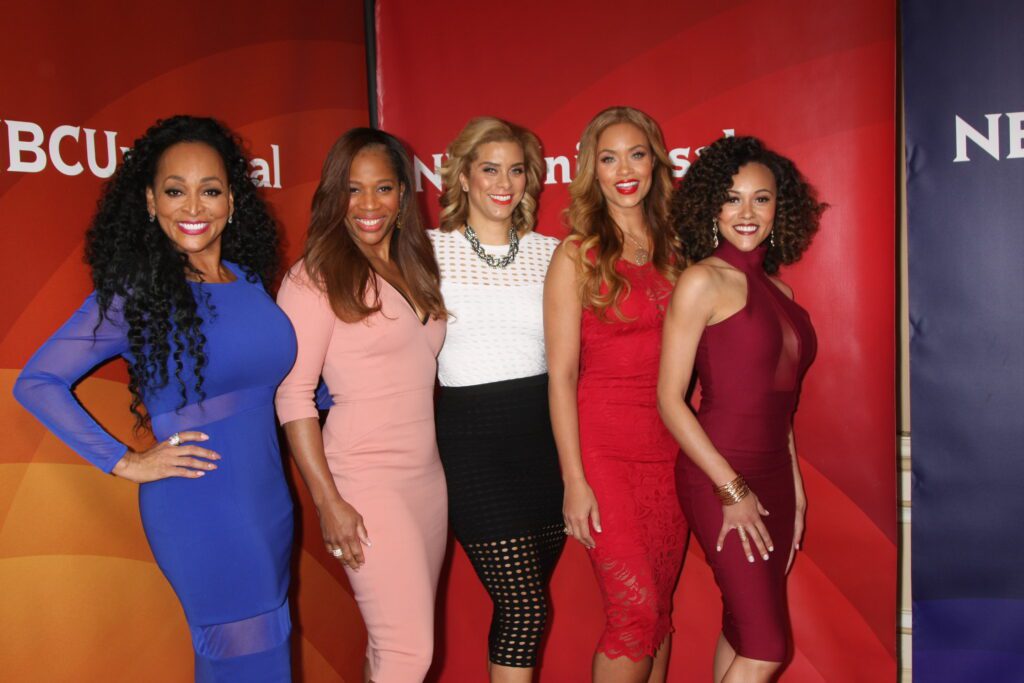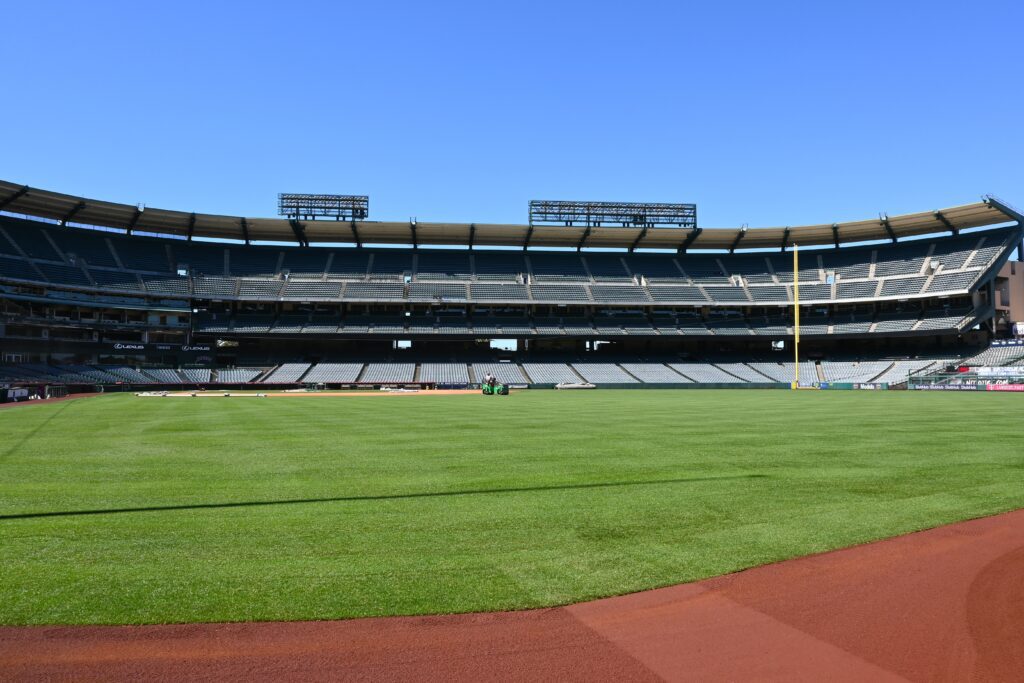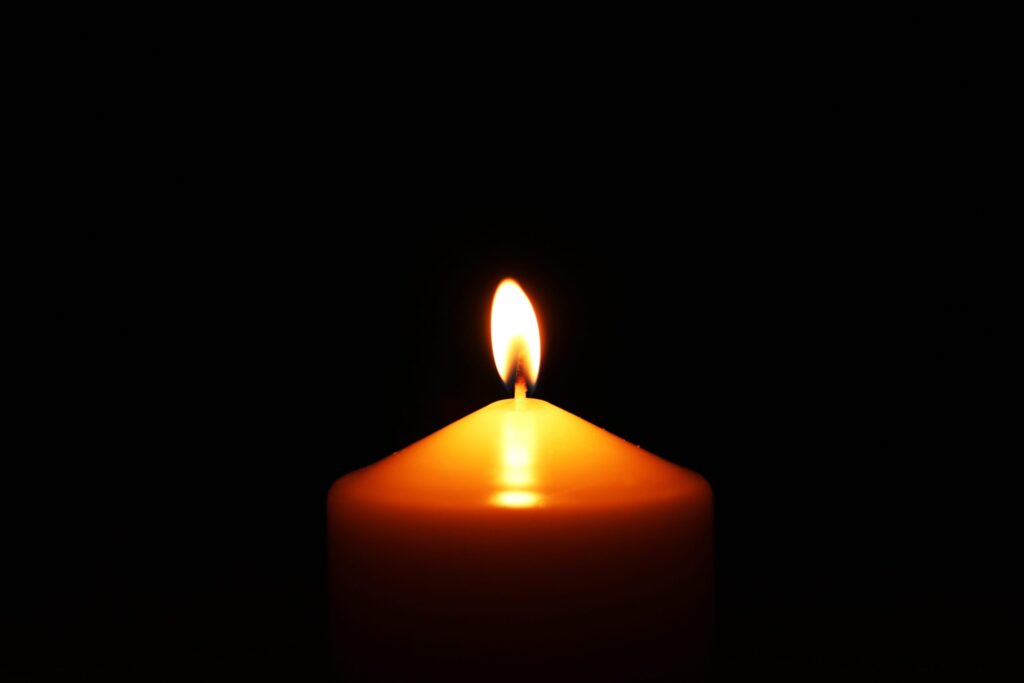Black History: Harlem Renaissance
Written by wdkxwp on February 10, 2018
The Harlem Renaissance is recognized as the time between the end of World War I and the mid 1930s when there was a cultural, social, and artistic explosion in Harlem due to a huge wave of African Americans moving from the rural South to the urban North.
The Harlem Renaissance marked the first time that mainstream publishers and critics turned their attention seriously to African–American literature, music, art and politics. Unlike the oppressive south, Harlem represented a place where African Americans could freely express their talents. Artists like blues singer Bessie Smith, pianist Jelly Roll Morton, bandleader Louis Armstrong, composer Duke Ellington, dancer Josephine Baker, and actor Paul Robeson were among the leading entertainment talents of the Harlem Renaissance, while Paul Laurence Dunbar, James Weldon Johnson, Claude McKay, Langston Hughes and Zora Neale Hurston were some of its most eloquent writers. Arguably the greatest impact the Harlem Renaissance had was the reinforcement of black pride among African Americans.














